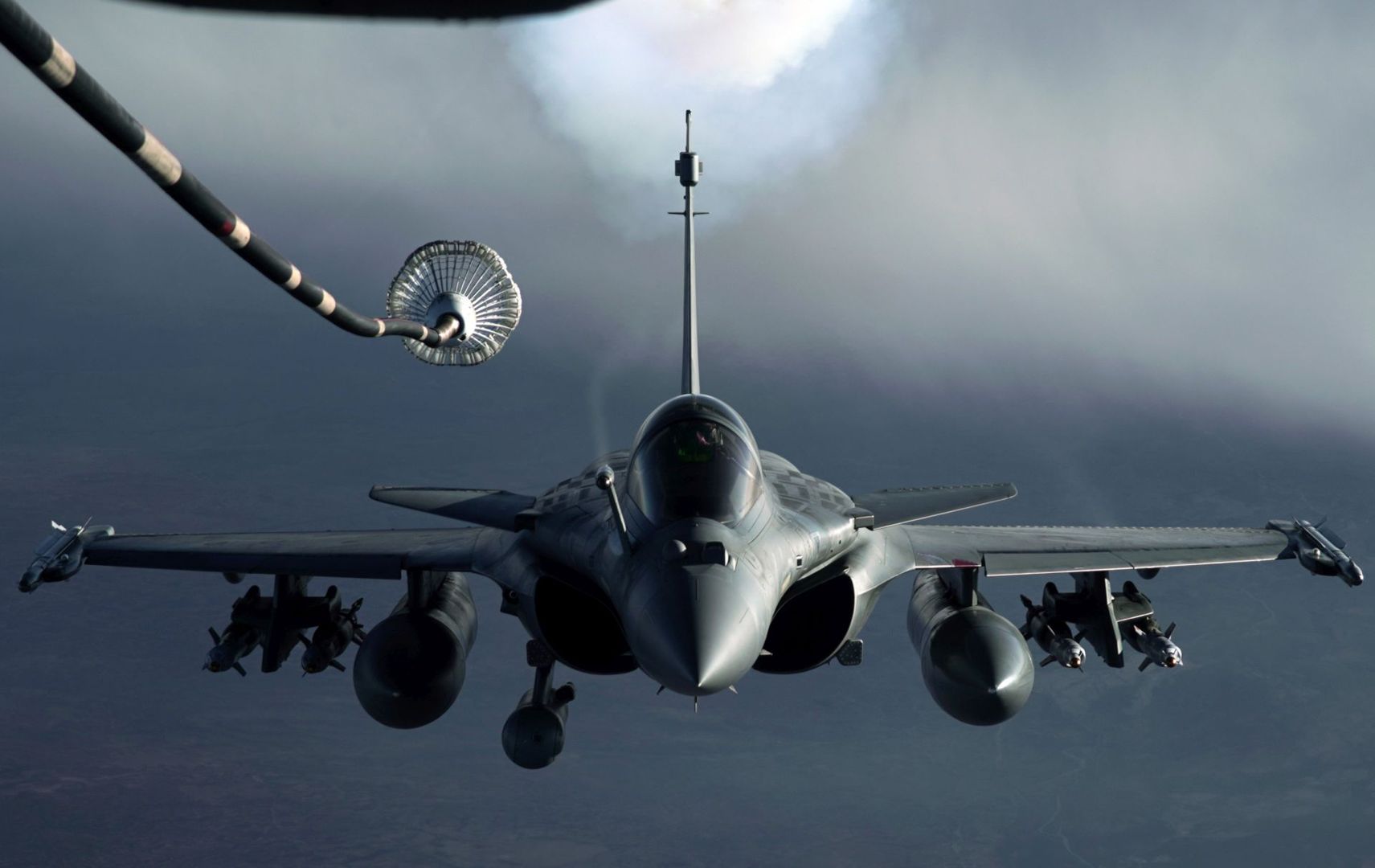Constellations of small satellites orbiting close to Earth may provide faster communications and be less vulnerable than traditional ones, defense officials said Thursday.
Larger geosynchronous satellites are very expensive and vulnerable to attack, said Dr. Mark Lewis, director of the Defense Research and Engineering for Modernization Office. He chaired a panel discussion at the Association of the U.S. Army’s “Hot Topics” forum on space and integrated air and missile defense.
“Right now many of our space assets are not only targets, they are juicy targets,” Lewis said, adding that he was echoing the words of Air Force Gen. John Hyten, vice chairman of the Joint Chiefs of Staff.
Smaller, low Earth orbit satellites, known as LEO, will present less of a target, Lewis said, partly because they move at faster speeds and because they will orbit in large numbers.
“More is better for the purpose of confounding a prospective adversary,” he said.
LEO MEGACONSTELLATIONS
Private companies like Amazon, Telesat and Elon Musk’s SpaceX have plans to launch thousands of the small LEO satellites over the next few years.
LEO satellites are not geostationary like higher-altitude communications satellites that move at about the speed of the earth’s rotation and appear to stay above a fixed location.
Traditional geosynchronous satellites orbit about 22,000 miles above the earth. In contrast, LEO satellites are only between 100 and 1,240 miles above the planet.
Since LEO satellites are up to 200 times closer to the earth, radio waves will have much less latency, meaning the signals bounce back much faster. While the latency of traditional satellites makes them impractical for fast Internet services, LEO satellites have the potential to enable networks in remote parts of the world.
Just last week Vodofone and Rakuten announced a plan to fund a broadband cellphone network using a constellation of LEO satellites. Other companies are planning to establish high-speed internet in rural areas using LEO satellites.
FUTURES COMMAND PERSPECTIVE
The proliferation of LEO satellites will provide the Army an unprecedented opportunity, said Col. Jason Joose, chief of staff for the Army’s Assured Positioning, Navigation and Timing Cross-Functional Team.
“When you look at the sheer number of satellites that go up and the reduced cost to do it, it gives us an array of opportunities on how to solve the problems,” Joose said.
Whether the Army launches its own satellites or hosts payloads with companies, he said just the fact that the commercial sector is putting up a large investment in LEO provides the Army opportunities to “look at areas where we can leverage” for the future.
Space assets will be critical in the future to counter electronic warfare, Joose said.
“We want to have an understanding of where the jamming and spoofing is coming from,” he said, and space-based sensors will be needed to gain that awareness.
Space sensors will also be essential for both missile defense and long-range precision fires, he said.
“We need to reduce that time to target,” he said, and bringing terrestrial data to ground-based stations is the way to accomplish that.
MULTI-DOMAIN OPS
A requirement to shoot farther will bring the need to see farther using space, said Col. Craig Roseberry, director of space for the Army’s G-3/5/7.
Formations will need to leverage every available sensor in space to “outmaneuver adversaries both physically and cognitively,” he said.
Roseberry said the future depends upon improving the resiliency of space architecture.
The ability of commercial companies to launch LEOs in volume and at a reduced cost could certainly improve the resiliency of the Army in space, Joose said.
The Army is currently in the “evaluation stage” to determine just how LEO could meet the needs of future multi-domain operations, he said.
“Is there a plan for an Army-specific LEO structure?” he asked. “No, but that doesn’t necessarily mean that a lot of thought hasn’t been put into what are the capabilities that are available now, what do we need to fight our future MDO and then what’s relevant to distill it down to the warfighter, in what density, in what capacity and which pipelines these need to flow.”
He said one of the things Army Futures Command does is work with industry to determine what capabilities are available and figure out how to bring those down to the Soldier level.
“We are very strong proponents of concepts such as proliferated LEO,” Lewis said. “We think that’s a way to ensure that our systems are less vulnerable and also can be replenished more quickly.
“We have built a space architecture that is frankly not robust and resilient against attack and our goal is to change that,” he added.










